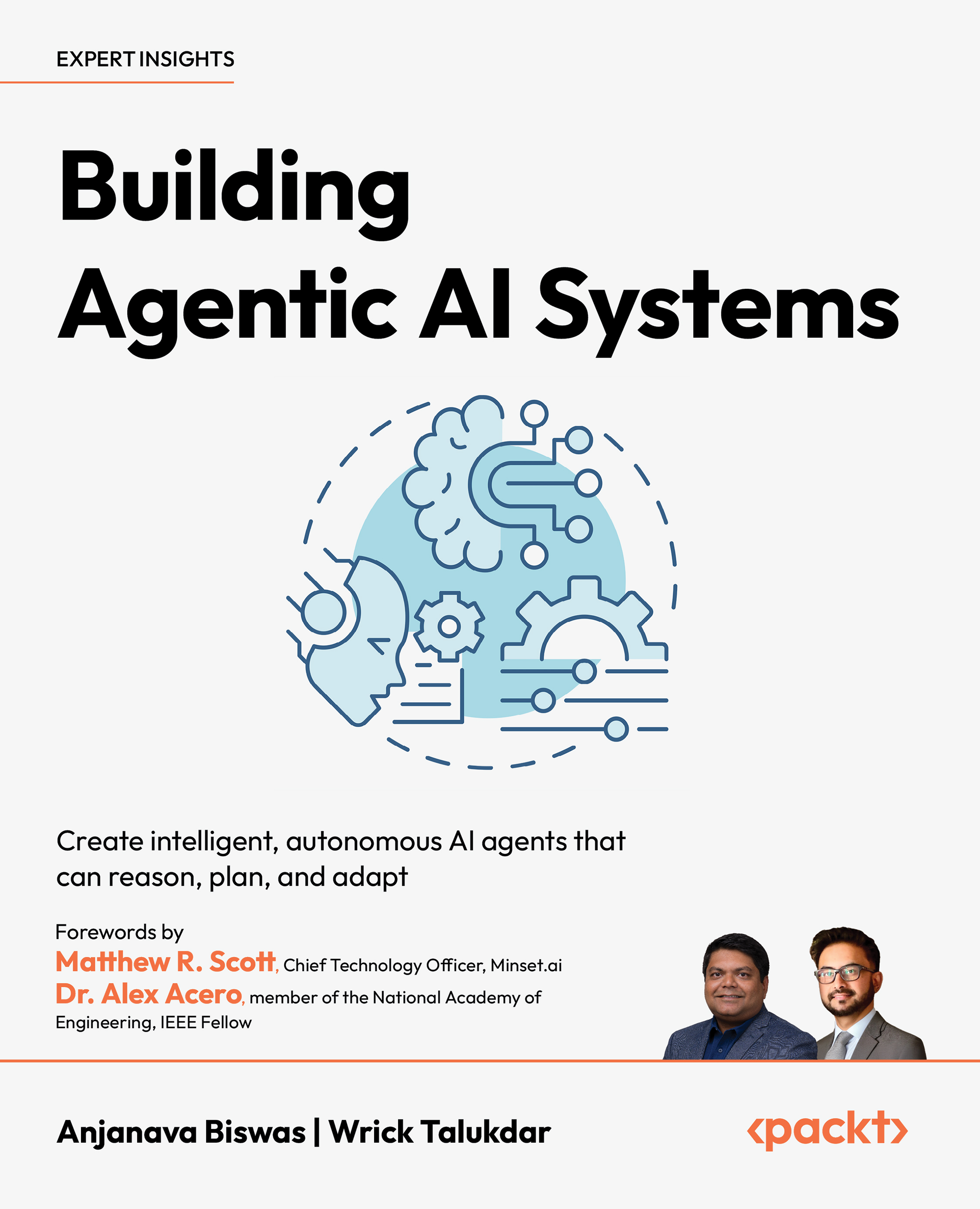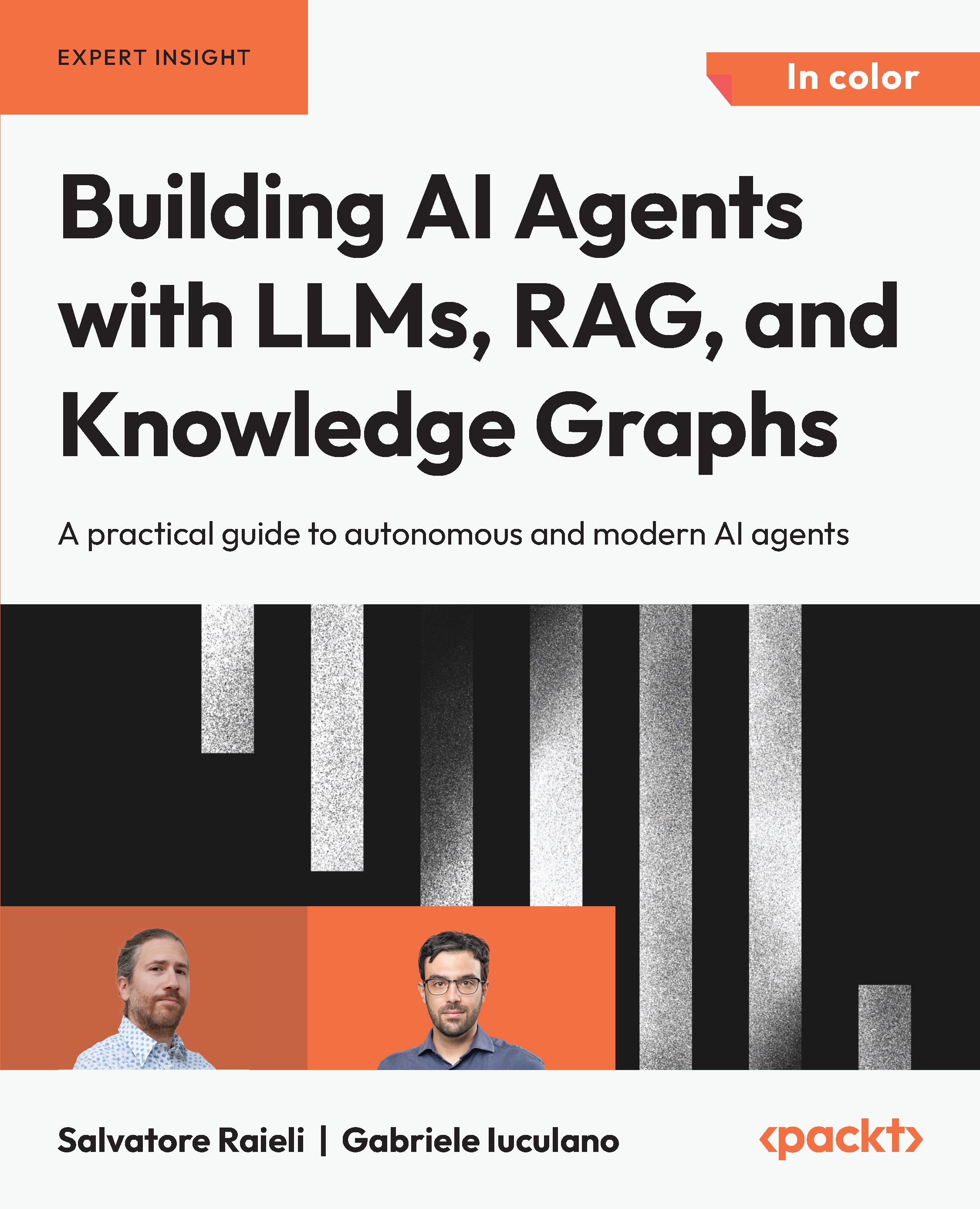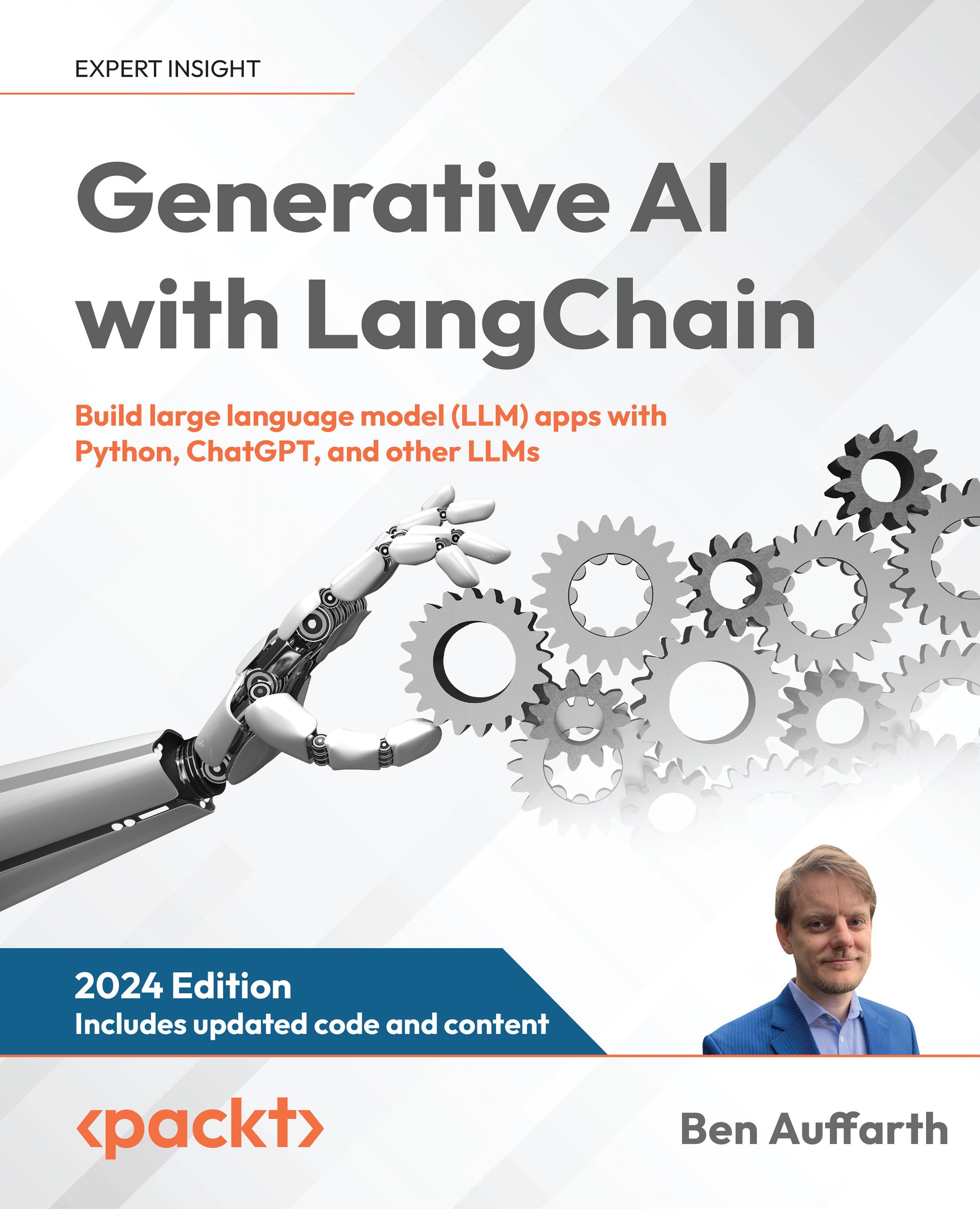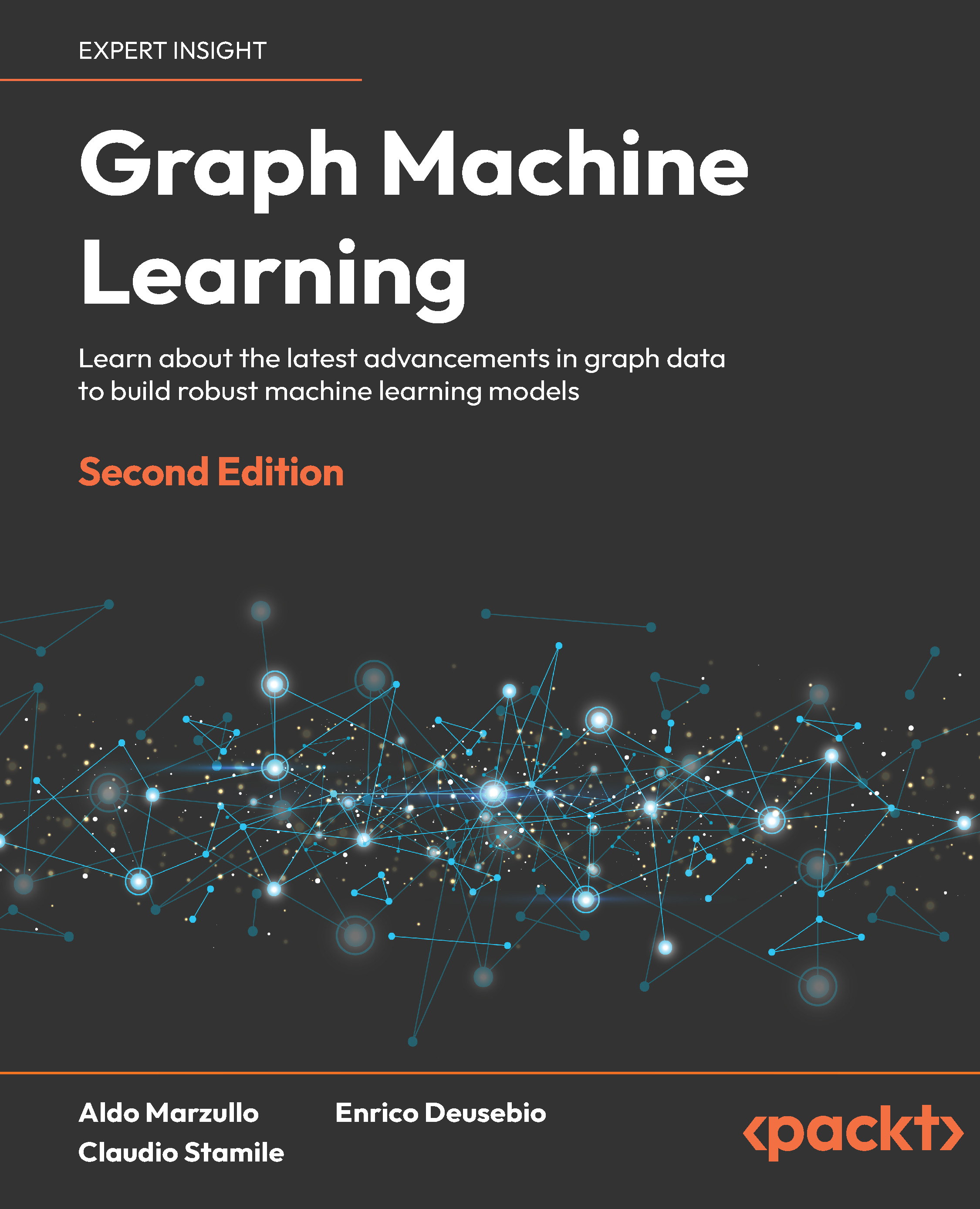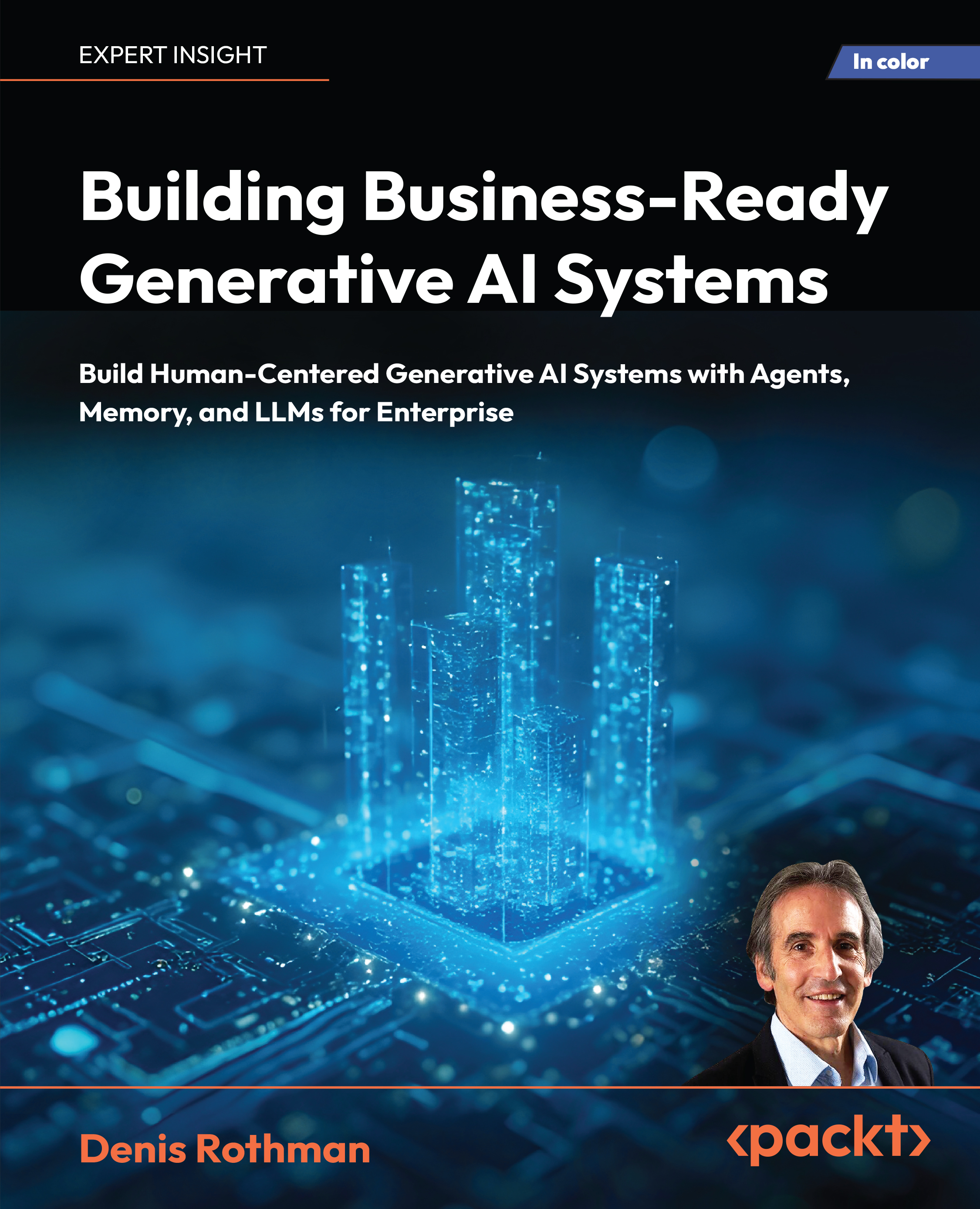Data is the fuel for AI models, but in public safety and healthcare, real data is often sensitive or scarce. This is where synthetic data pipelines have become game-changers, allowing teams to generate realistic, statistically faithful data that mimics real-world patterns without exposing real personal information. By using generative models or simulations to create synthetic call logs, incident reports, sensor readings, etc., engineers can vastly expand their training and testing datasets while staying privacy-compliant.
Dunsworth, who builds AI infrastructure for emergency services, describes this approach. Rather than rely on real 911 call logs, Dunsworth reconstructs patterns from operational data to generate synthetic equivalents. “I take it apart and find the things I need to see in it… so when I make that dataset, it reflects those ratios properly,” he explains. This includes recreating distributions across service types—for e.g. police, fire, medical—and reproducing key statistical features like call arrival intervals, elapsed event times, or geospatial distribution.
“For me, it’s a lot of statistical recreation… I can feed that into an AI model and say, ‘OK, I need you to examine this.’”
Dunsworth’s pipeline is entirely Python-based and open source. He uses local LLMs to iteratively refine the generated datasets: “I build a lot of it, and then I pass it off to my local models to refine what I’m working on.” That includes teaching the model to correct for misleading assumptions—such as when synthetic time intervals defaulted to normal distributions, even though real data followed Poisson or gamma curves. He writes scripts to analyze and feed the correct distributions back into generation:
“Then it tells me, ‘Here’s the distribution, here are its details.’ And I feed that back into the model and say, ‘OK, make sure you’re using this distribution with these parameters.’”
 United States
United States
 Great Britain
Great Britain
 India
India
 Germany
Germany
 France
France
 Canada
Canada
 Russia
Russia
 Spain
Spain
 Brazil
Brazil
 Australia
Australia
 South Africa
South Africa
 Thailand
Thailand
 Ukraine
Ukraine
 Switzerland
Switzerland
 Slovakia
Slovakia
 Luxembourg
Luxembourg
 Hungary
Hungary
 Romania
Romania
 Denmark
Denmark
 Ireland
Ireland
 Estonia
Estonia
 Belgium
Belgium
 Italy
Italy
 Finland
Finland
 Cyprus
Cyprus
 Lithuania
Lithuania
 Latvia
Latvia
 Malta
Malta
 Netherlands
Netherlands
 Portugal
Portugal
 Slovenia
Slovenia
 Sweden
Sweden
 Argentina
Argentina
 Colombia
Colombia
 Ecuador
Ecuador
 Indonesia
Indonesia
 Mexico
Mexico
 New Zealand
New Zealand
 Norway
Norway
 South Korea
South Korea
 Taiwan
Taiwan
 Turkey
Turkey
 Czechia
Czechia
 Austria
Austria
 Greece
Greece
 Isle of Man
Isle of Man
 Bulgaria
Bulgaria
 Japan
Japan
 Philippines
Philippines
 Poland
Poland
 Singapore
Singapore
 Egypt
Egypt
 Chile
Chile
 Malaysia
Malaysia







